Picture this: you’re wandering through cobblestone streets where famous authors once walked, or settling into a cozy corner of a legendary bookstore with a steaming cup of coffee in hand. For book lovers, travel isn’t just about seeing new places—it’s about stepping into the pages of literary history and discovering spots where stories come alive.
From centuries-old libraries with towering shelves to quirky independent bookshops tucked away in unexpected corners, the world is filled with destinations that speak directly to the bookworm’s soul. Here’s a list of 18 destinations that will make any literature enthusiast’s heart skip a beat.
Shakespeare and Company, Paris
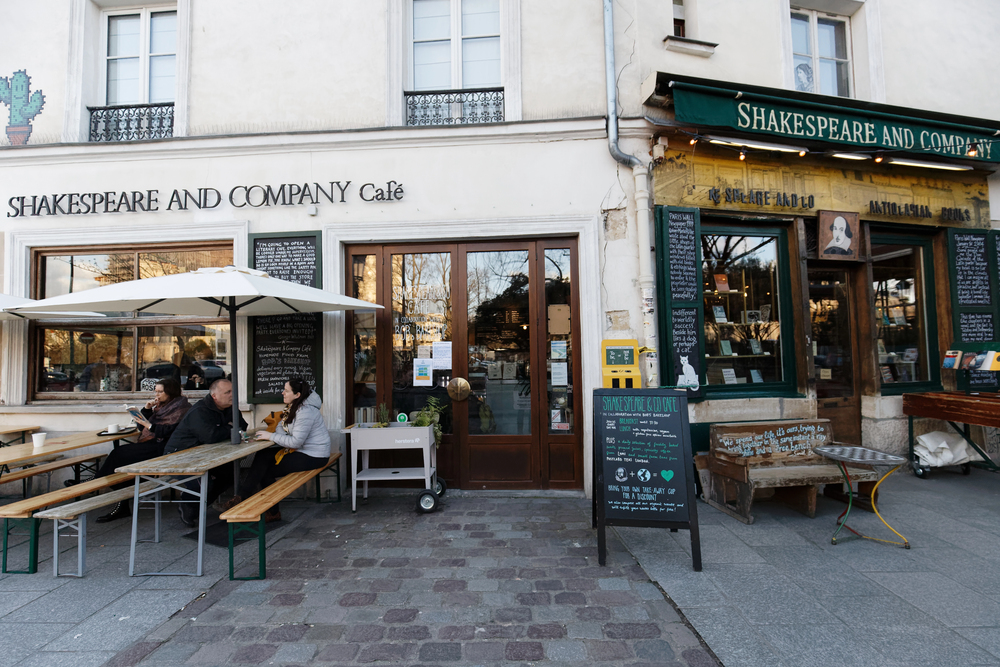
— Photo by KovalenkovPetr
The original store opened by Sylvia Beach in 1919 became a haven for literary legends like Hemingway and Joyce, and today’s store, opened in 1951 by George Whitman, carries on that legacy with the same magical atmosphere. The current location on the Left Bank maintains that same magical atmosphere, complete with creaky wooden floors and books stacked from floor to ceiling. You can even sleep among the books if you’re accepted into their ‘Tumbleweed’ program for aspiring writers.
Trinity College Library, Dublin
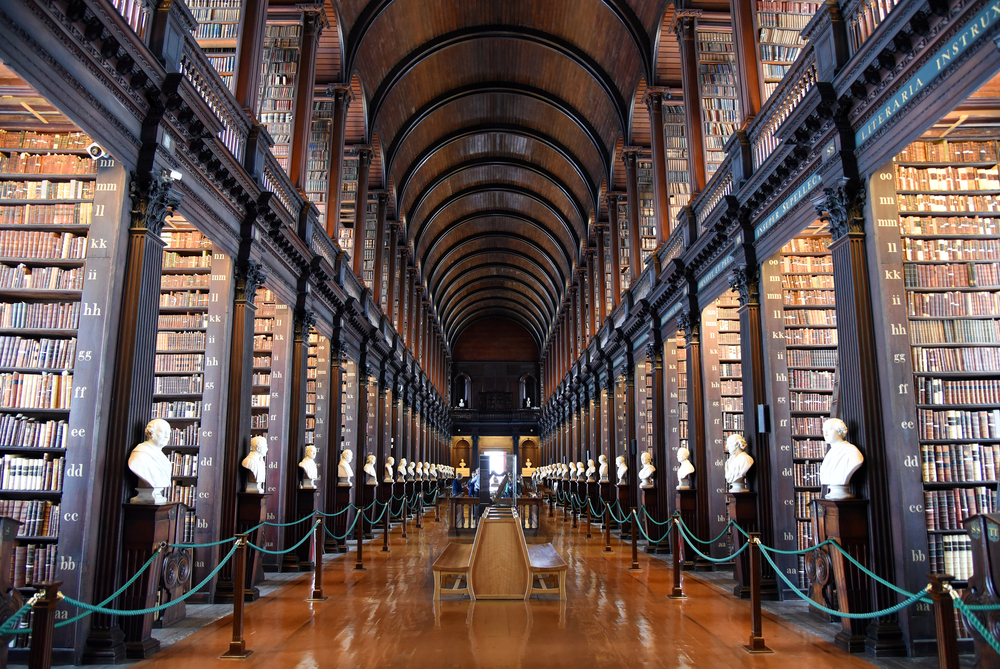
— Photo by jbyard
The Long Room at Trinity College houses over 200,000 of the library’s oldest books in a space that looks straight out of a fantasy novel. Built in 1732, this 213-foot-long chamber features soaring barrel-vaulted ceilings and towering oak bookcases that create an almost cathedral-like atmosphere. The library is also home to the Book of Kells, an illuminated manuscript from around 800 AD that showcases incredible medieval artistry. Walking through here feels like stepping into the restricted section of Hogwarts.
Powell’s City of Books, Portland
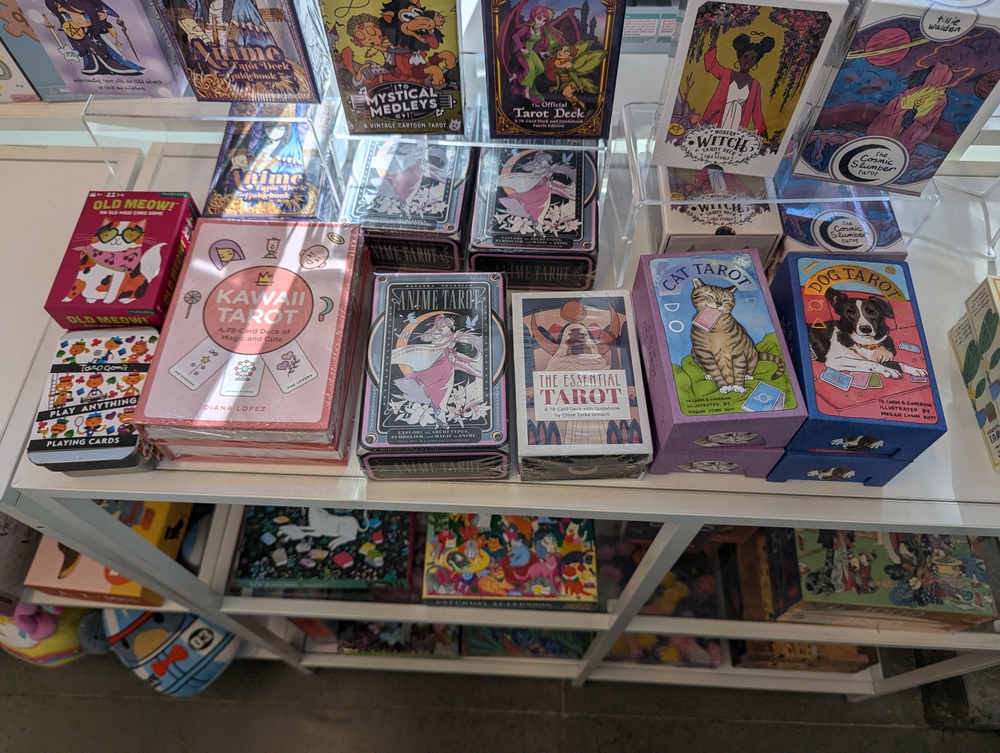
— Photo by Antares_NS
Powell’s claims to be the world’s largest independent bookstore, and after wandering its color-coded rooms for hours, you’ll believe it. This literary labyrinth covers an entire city block and stocks over one million new and used books across nine color-coded rooms. The staff actually provides maps at the entrance because it’s that easy to get lost among the shelves. Local writers frequently give readings here, and the rare book room upstairs houses first editions and literary treasures that’ll make any bibliophile weak in the knees.
Edinburgh, Scotland
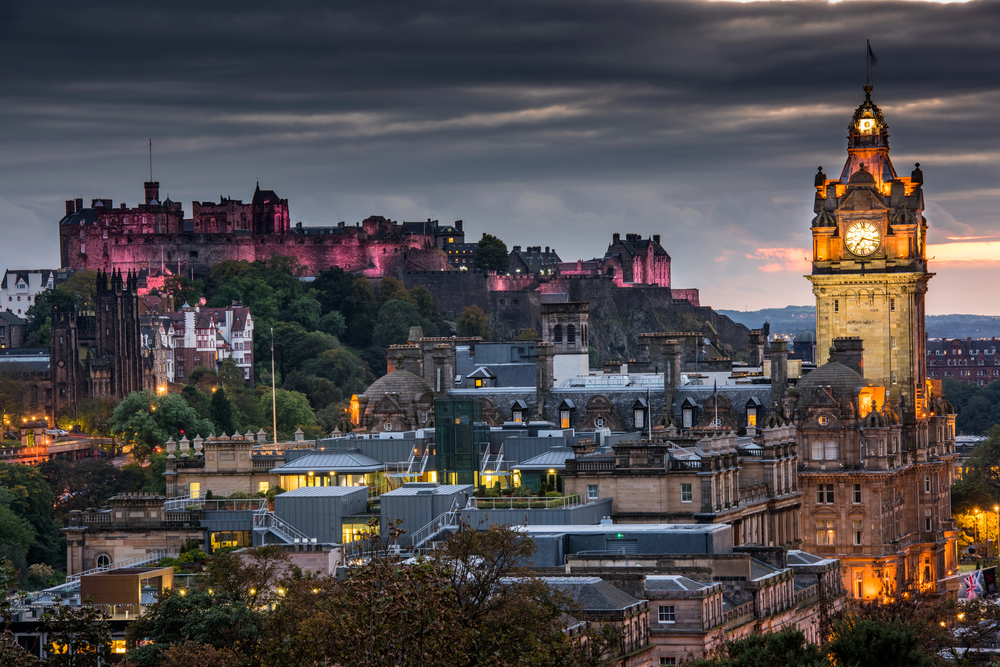
Edinburgh’s entire Old Town feels like it was designed by someone who understood the drama of a good novel. The city inspired countless writers, from Sir Walter Scott to Ian Rankin, and you can still visit many of their favorite haunts. The Writers’ Museum celebrates Scotland’s literary heritage, while Deacon’s House Café occupies the building where the real-life Deacon Brodie (inspiration for Dr. Jekyll and Mr. Hyde) once lived. Every August, the city transforms into a literary wonderland during the Edinburgh International Book Festival.
Hay-on-Wye, Wales
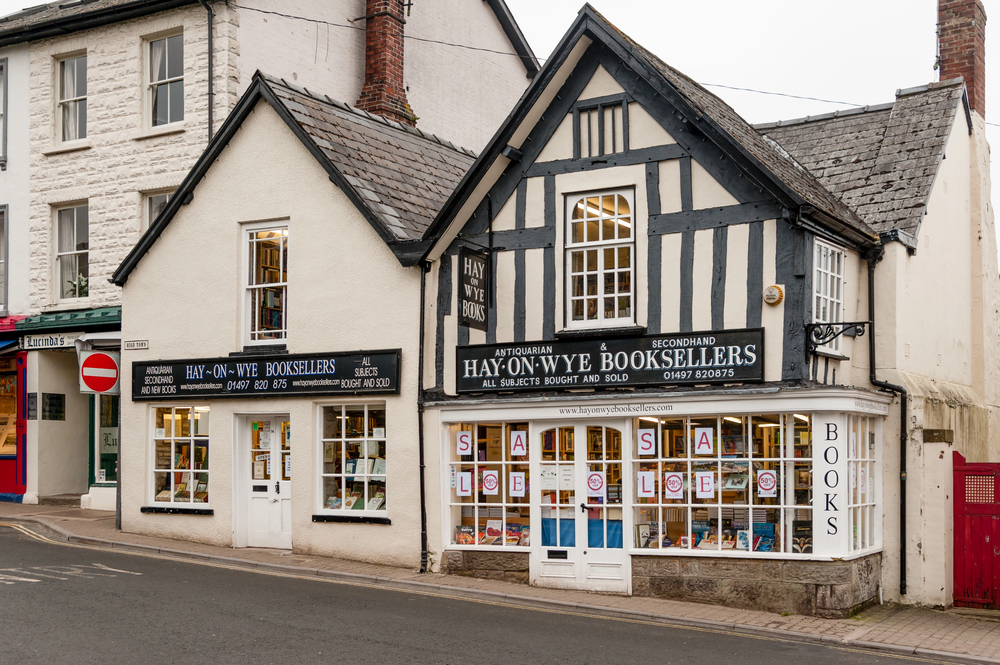
— Photo by Cornfield
This small Welsh town has earned the nickname ‘Town of Books’ for good reason—it’s home to more than 30 bookshops despite having fewer than 2,000 residents. The whole thing started in the 1960s when Richard Booth began opening secondhand bookshops, and the idea caught on like wildfire. You can spend entire days browsing everything from rare manuscripts to pulp fiction, and the annual Hay Festival brings together some of the world’s most celebrated authors. It’s like someone decided to turn an entire town into a massive, outdoor library.
New York Public Library, New York City
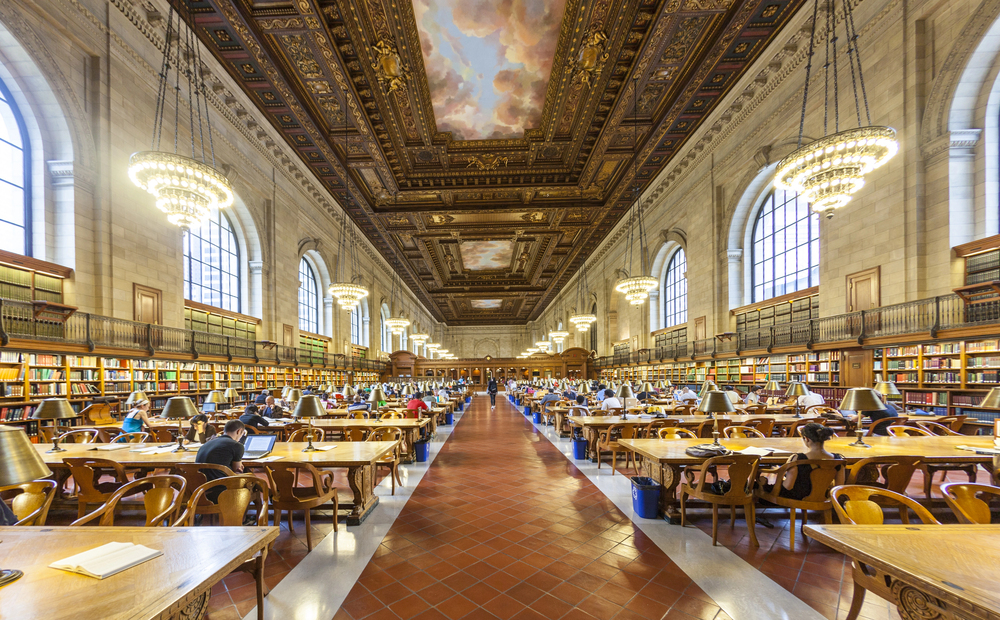
— Photo by Hackman
The Stephen A. Schwarzman Building, with its iconic lion statues Patience and Fortitude, represents the pinnacle of American library grandeur. The Rose Main Reading Room stretches longer than a football field and features 50-foot-high ceilings that make you feel properly insignificant in the best possible way. Beyond its architectural beauty, this library has served as inspiration for countless films and novels, from ‘Breakfast at Tiffany’s’ to ‘The Day After Tomorrow.’ The NYPL also hosts hundreds of author events throughout the year, making it a living, breathing center of literary culture.
Bath, England
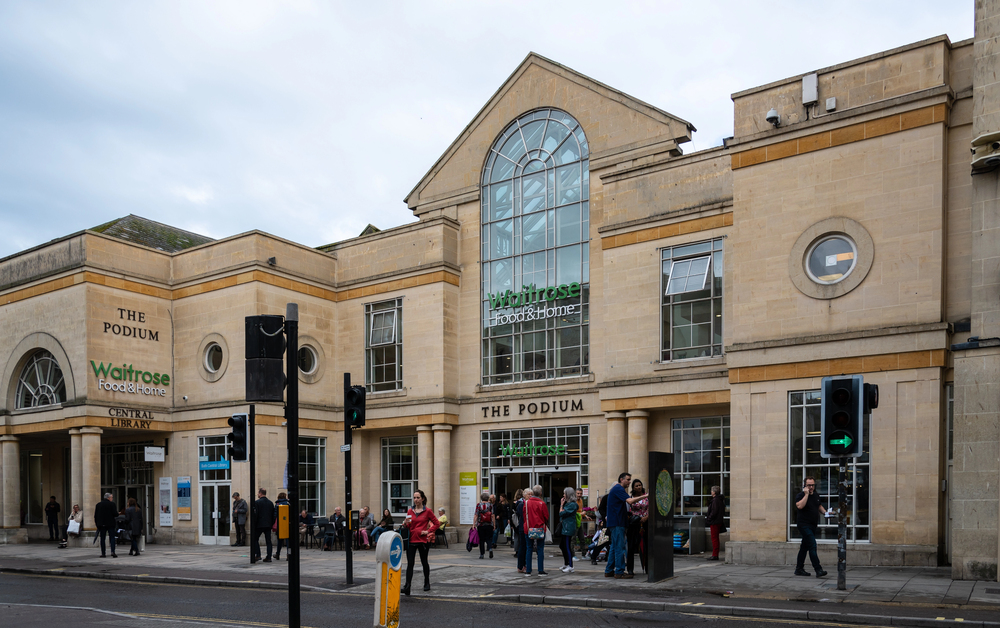
— Photo by RogerUtting
Jane Austen lived in Bath for five years, and the city has never let anyone forget it. The Jane Austen Centre offers a snapshot of life during her time, complete with costumed guides and period details that bring her world to life. You can walk the same streets that inspired scenes in ‘Persuasion’ and ‘Northanger Abbey,’ and the annual Jane Austen Festival turns the entire city into a Regency-era celebration. The Georgian architecture remains largely unchanged since Austen’s day, making it easy to imagine her characters promenading through the elegant squares.
Stratford-upon-Avon, England

Shakespeare’s birthplace has built an entire industry around the Bard, but it manages to do so with genuine charm rather than tacky commercialism. His childhood home on Henley Street has been preserved as a museum, complete with period furnishings and exhibits about his early life. The Royal Shakespeare Company performs year-round at the town’s theaters, bringing his words to life just miles from where he wrote them. Even the local pub, The Garrick Inn, dates back to the 14th century and claims Shakespeare as a former patron.
Concord, Massachusetts
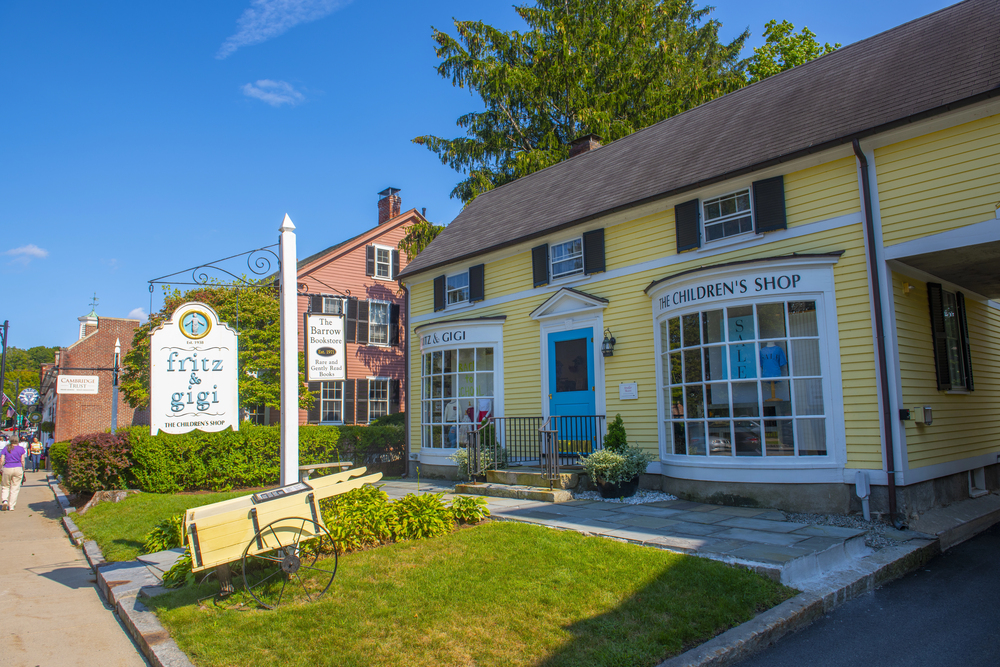
— Photo by jiawangkun
This small New England town punches well above its weight in literary significance, having been home to Henry David Thoreau, Ralph Waldo Emerson, Louisa May Alcott, and Nathaniel Hawthorne. Walden Pond, where Thoreau conducted his famous experiment in simple living, remains much as he described it in his writings. The Old Manse, where both Emerson and Hawthorne lived at different times, still contains etchings the authors made on windows with diamond rings. Sleepy Hollow Cemetery serves as the final resting place for all these literary giants, creating an unexpectedly moving pilgrimage site.
Key West, Florida

Ernest Hemingway’s house in Key West preserves the writer’s life exactly as he left it, complete with his six-toed cats’ descendants still roaming the property. The house itself tells the story of Hemingway’s most productive years, when he wrote classics like ‘For Whom the Bell Tolls’ and ‘A Farewell to Arms.’ His writing studio, located in a separate building, contains his typewriter and the chair where he did his daily writing standing up. The cats add an unexpectedly whimsical touch to what could otherwise be a somber literary shrine.
Cartagena, Colombia
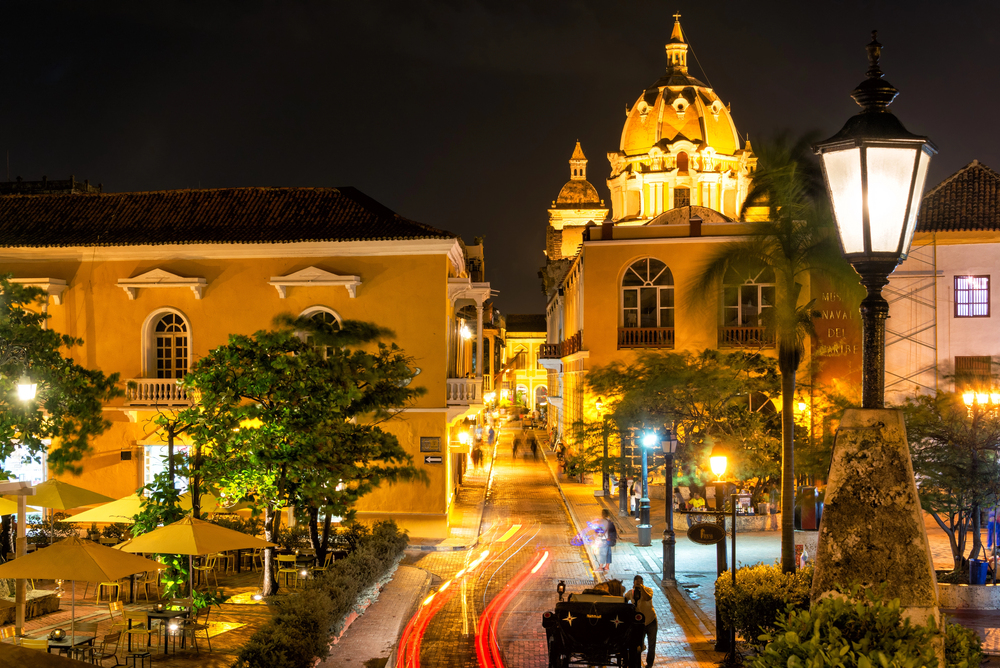
Gabriel García Márquez’s magical realism feels perfectly at home in Cartagena, where colonial architecture creates an almost dreamlike atmosphere. The city’s colorful buildings and narrow cobblestone streets provided inspiration for many of his novels, particularly the setting for ‘Love in the Time of Cholera.’ Cartagena celebrates García Márquez’s legacy through guided tours, dedicated exhibits, and bookstores that showcase his influence on the city’s literary identity. The Caribbean heat and colonial grandeur create an atmosphere where magical realism feels not just possible, but inevitable.
St. Petersburg, Russia
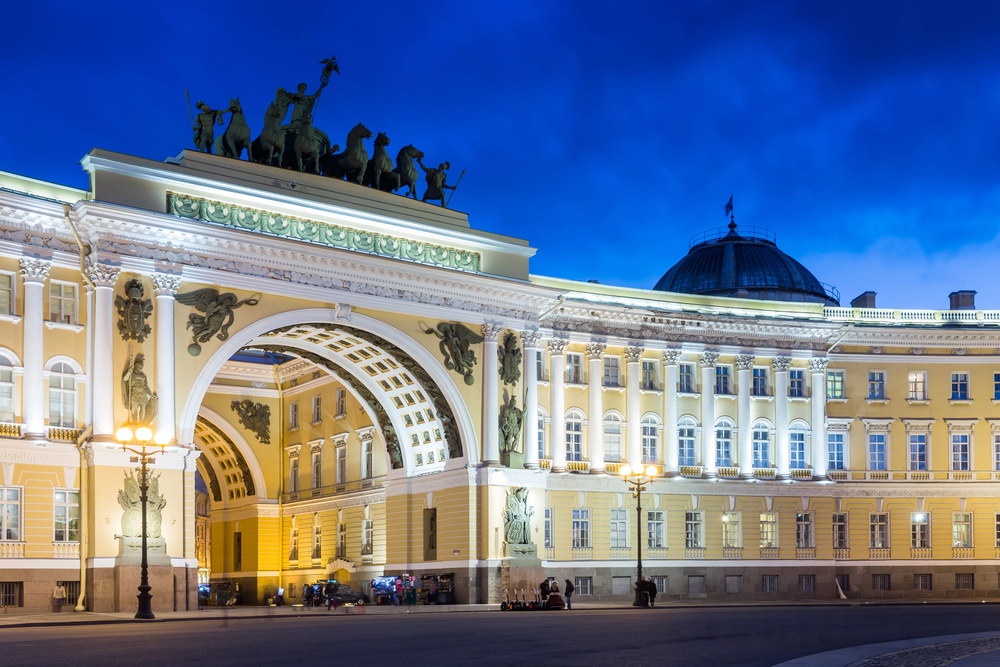
Dostoevsky’s St. Petersburg lives on in the city’s grand architecture and moody canals, where you can still walk the same streets that Raskolnikov wandered in ‘Crime and Punishment.’ The Dostoevsky Literary Memorial Museum occupies the apartment where he wrote ‘The Brothers Karamazov,’ preserving his study exactly as he left it. The State Hermitage Museum houses one of the world’s finest collections of literature-related artifacts, including literary giants like Tolstoy, Pushkin, and Chekhov. Winter visits offer the full Dostoevsky experience, complete with the kind of bone-chilling cold that inspired his most introspective passages.
Salem, Massachusetts
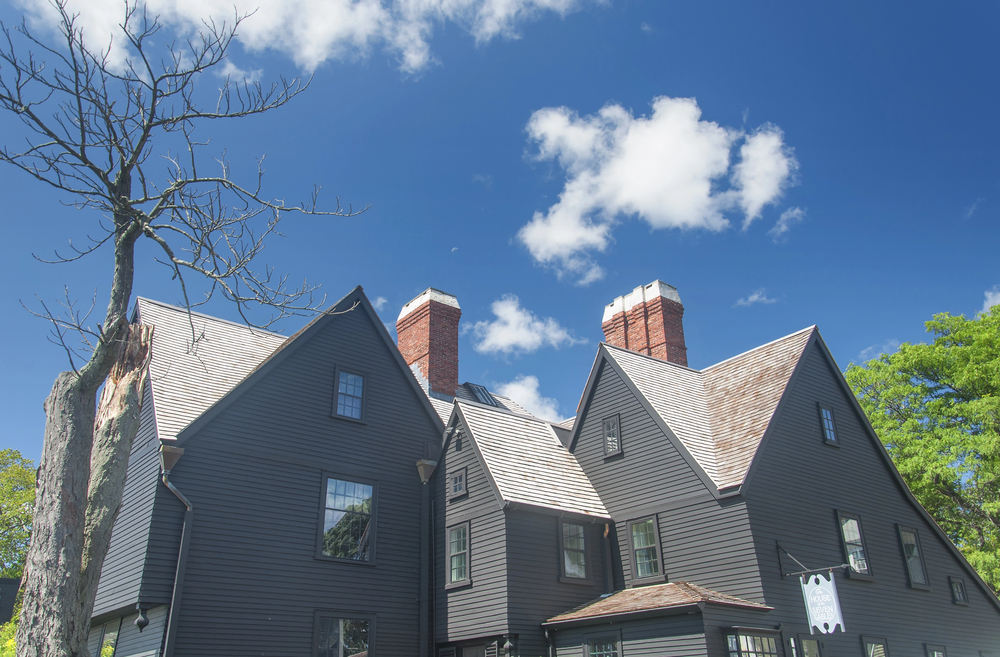
— Photo by Dhanscom
While most people associate Salem with its witch trials, the city also served as home to Nathaniel Hawthorne, who transformed its dark history into literary gold. The House of Seven Gables, which inspired his novel of the same name, still stands as a museum filled with period details and Hawthorne memorabilia. The Salem Maritime National Historic Site preserves the waterfront that Hawthorne knew during his time working at the customs house. His birthplace on Union Street adds another layer to any literary pilgrimage, showing where America’s master of psychological fiction spent his earliest years.
Milan, Italy
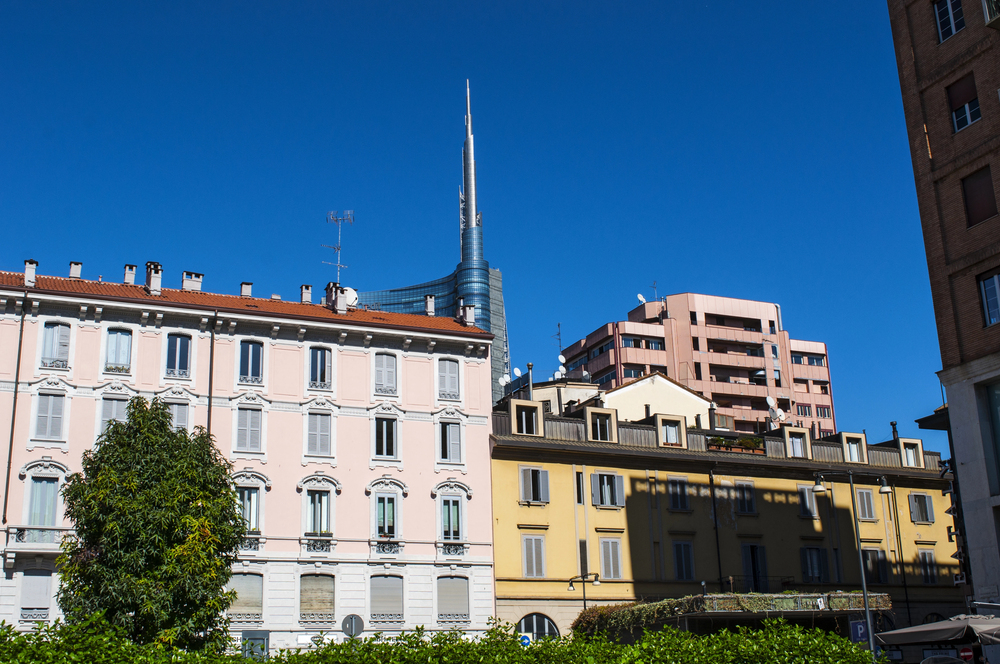
— Photo by vampy1
The Brera district has evolved into Milan’s literary heart, filled with independent bookshops, cozy cafés, and spaces where Italian writers gather to discuss their craft. Libreria Hoepli, founded in 1870, represents one of Europe’s most beautiful bookstores, with its art nouveau interior and carefully curated selection spanning multiple languages. The Pinacoteca di Brera houses artwork that inspired generations of Italian writers, while nearby cafés like Bar Brera continue the tradition of literary salons. The entire neighborhood feels like it was designed for people who believe that books and good coffee represent life’s highest pleasures.
Oxford, England
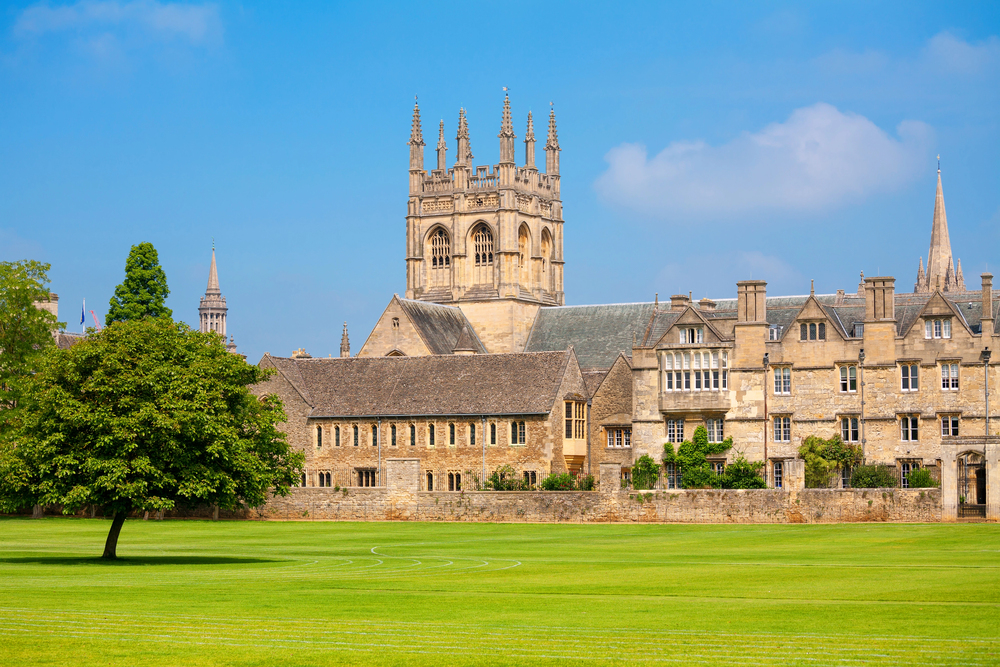
Oxford’s relationship with literature extends far beyond its famous university, though the colleges themselves have inspired countless writers from Lewis Carroll to J.R.R. Tolkien. The Eagle and Child pub, known locally as ‘The Bird and Baby,’ served as the regular meeting place for the Inklings, the writing group that included Tolkien and C.S. Lewis. Blackwell’s Bookshop, founded in 1879, houses one of the world’s largest academic bookstores, with the famous Norrington Room underground containing over 160,000 books. You can take literary walking tours that cover everything from Inspector Morse locations to the real-life inspirations for Alice’s Adventures in Wonderland.
Buenos Aires, Argentina

Jorge Luis Borges once described Buenos Aires as ‘a city of books,’ and walking through neighborhoods like San Telmo and Palermo proves his point. The city supports an incredible density of bookshops, from massive chains like Ateneo Grand Splendid (housed in a converted theater) to tiny used book stalls that line the streets. Café Tortoni, established in 1858, maintains its reputation as a gathering place for writers and intellectuals, serving the same coffee and atmosphere that attracted Borges himself. The annual Buenos Aires Book Fair draws hundreds of thousands of visitors, transforming the entire city into a celebration of literature.
Prague, Czech Republic
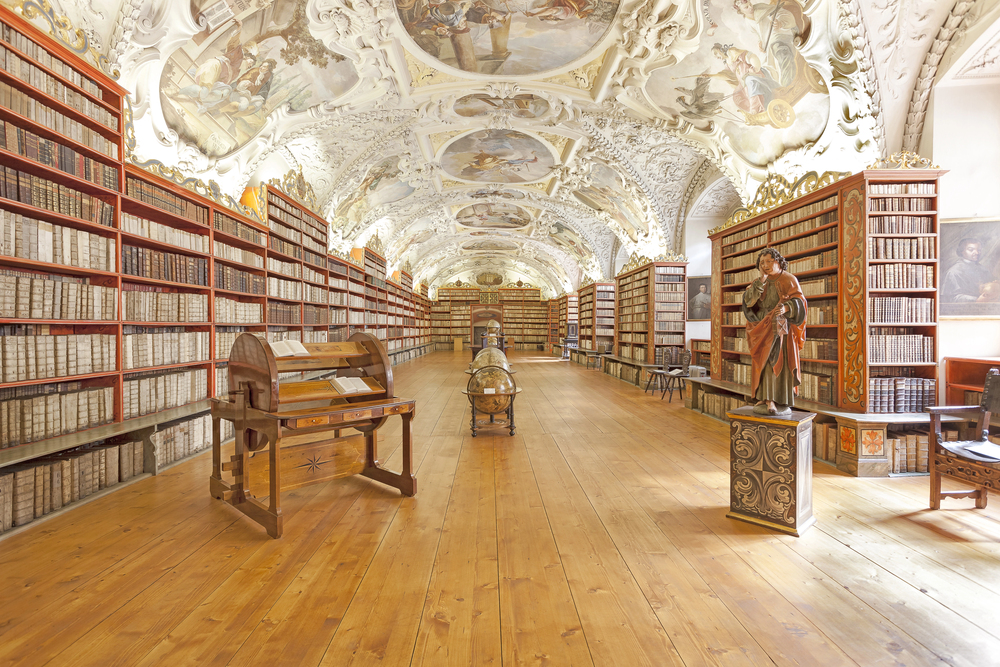
— Photo by MaciejBledowski
Franz Kafka’s Prague remains wonderfully preserved, allowing visitors to experience the same narrow medieval streets and looming architecture that influenced his surreal fiction. The Franz Kafka Museum explores both his life and work, while his grave in the New Jewish Cemetery provides a surprisingly peaceful spot for reflection. The city’s countless literary cafés, like Café Savoy and Café Louvre, continue the Central European tradition of writers spending entire afternoons discussing ideas over coffee and cake. Prague’s fairy-tale architecture creates an atmosphere where Kafka’s blend of beauty and anxiety feels perfectly natural.
Reykjavik, Iceland
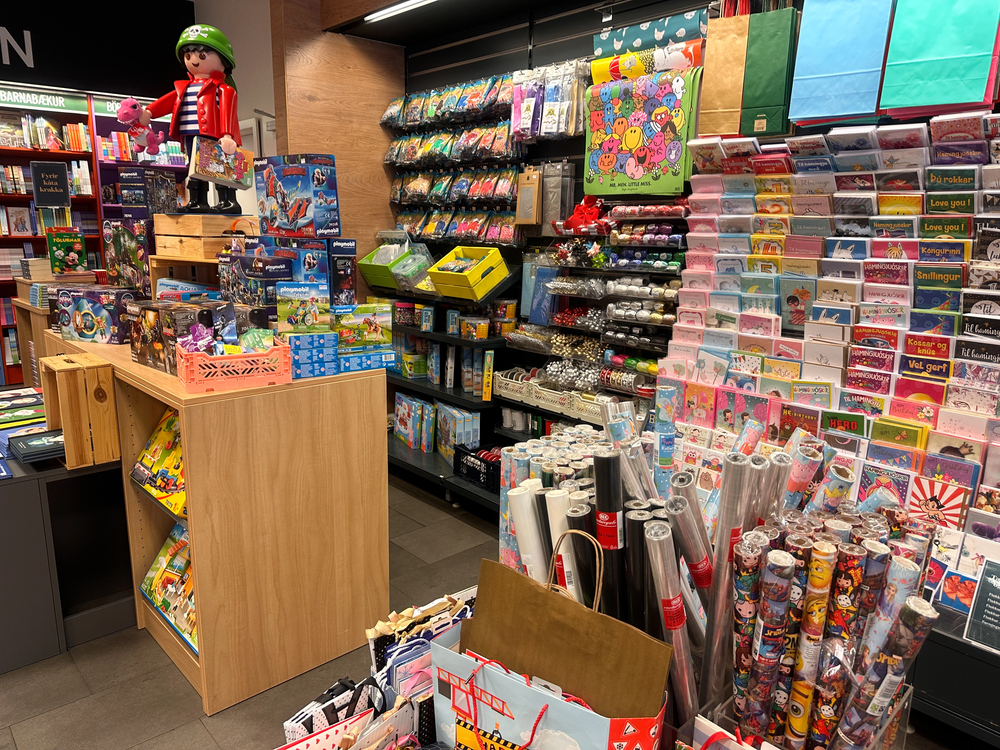
Iceland publishes more books per capita than any other country, and Reykjavik serves as the beating heart of this literary culture. The city’s compact size means you can easily walk between numerous independent bookshops, many of which stay open late and serve coffee alongside their carefully curated selections. The annual Reykjavik International Literary Festival brings together writers from around the world, while local authors like Arnaldur Indriðason have put Icelandic crime fiction on the global map. The long winter nights create perfect conditions for reading, and many locals joke that books serve as the national entertainment system.
Where Stories Live Forever
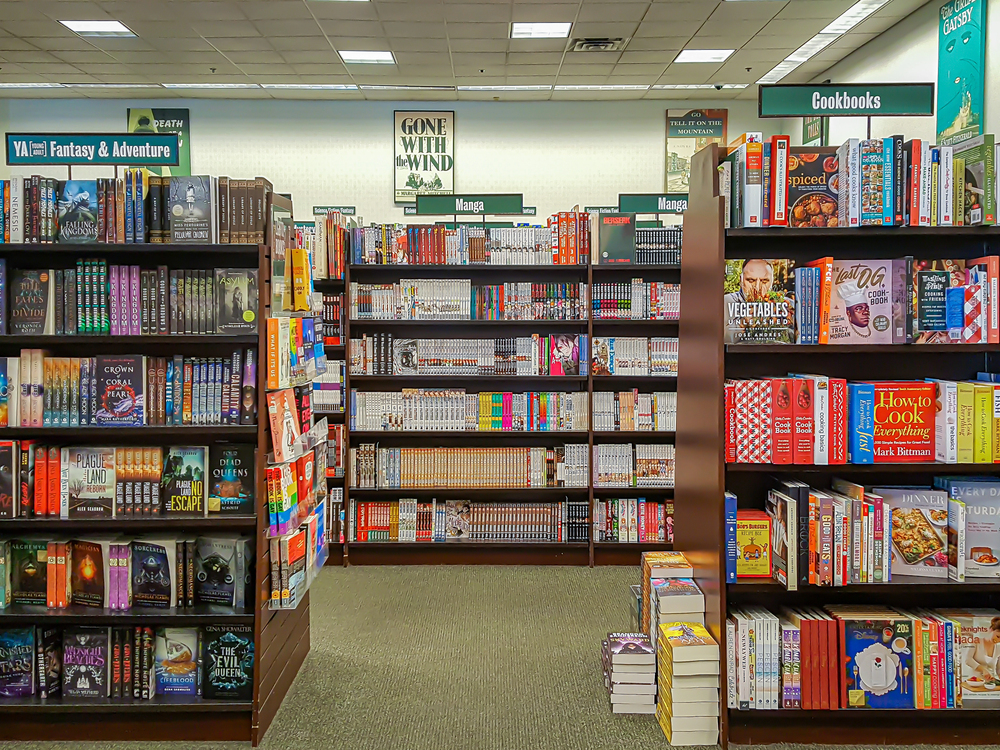
— Photo by bonandbon
These destinations prove that literature isn’t confined to the pages of books—it lives in the places where writers found inspiration, readers gather to share stories, and the magic of words continues to unfold. Whether you’re standing in Hemingway’s writing studio or getting lost in Powell’s maze of books, these spots remind us that stories have the power to transform ordinary places into something extraordinary. Each location on this list offers its own unique way of celebrating the written word, creating experiences that stay with book lovers long after they’ve returned home. The best part about literary travel is discovering that the world itself is one giant, interconnected story waiting to be explored.
More from Travel Pug

- 20 Best Beach Towns in the Carolinas
- 13 Destinations Where Tourists Regularly Regret Their Trip
- 20 Things You Actually Get in First Class
- 20 Small Airports With Aviation Museums
- 20 Places in the U.S. That Are Perfect for a Reset Trip
Like Travel Pug’s content? Follow us on MSN.
